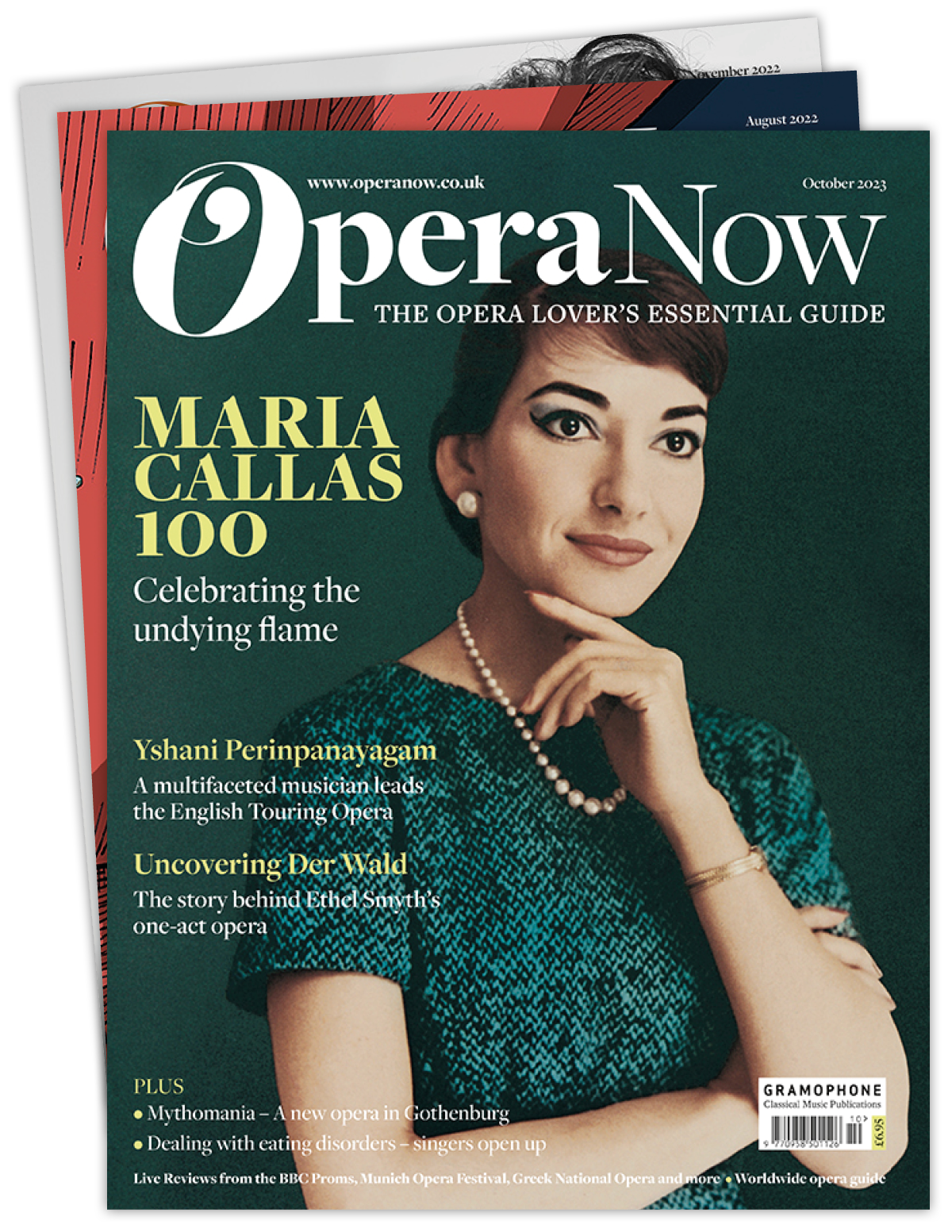Lliam Paterson: Sherlock Holmes - The Sign of Four at Leeds Opera Festival | Live Review
Lauren McQuistin
Friday, August 30, 2024
Lliam Paterson's new opera for the Northern Opera Group brought a thoroughly entertaining reading of Conan Doyle's classic
⭐⭐⭐
 The cast of Sherlock Holmes | Photo: Lian Furness and Cal Brown
The cast of Sherlock Holmes | Photo: Lian Furness and Cal Brown
Arthur Conan Dolye’s Sherlock Holmes tales are full of potential for an operatic adaptation, which Northern Opera Group has recognised and done a compelling job of bringing to life.
Sherlock Holmes and The Sign of the Four has mystery, romance, a hunt for treasure and murder. Caitlin Mawhinney’s set of Victorian London alongside Charley Dunford’s noir inspired light design immediately invites us into the period, and Lliam Paterson’s score was suitably atmospheric. Though a small orchestra, both the score and instrumentalists are full of life, with conductor Ellie Slorach teasing out the tensions and driving the intrigue forward.
As Sherlock Holmes, Ed Hawkins’ stage presence captured the quiet eccentricity befitting of an understated genius, his seemingly bottomless voice moving with liquid ease, as he is introduced to Doctor Watson, sung by David Horton. It is in Holmes’ observation and deduction scenes that we see the score’s most colourful aspects, we hear the mental cogs whirring and conclusions being woven through doubt and possibility with the drive of the lower strings and contemplative harp passages.
 Edward Hawkins as Sherlock | Photo: Lian Furness and Cal Brown
Edward Hawkins as Sherlock | Photo: Lian Furness and Cal Brown
Ellen Mawhinney’s (Mary) crystalline voice is especially well suited to contemporary repertoire, and her slowly developing romance with Watson was captured sincerely. Horton as Watson brought a wide range of vocal colour, and though he tired near the end, his crisp vocal production was secure and delivered excitement, confusion and earnestness. Countertenor Dominic Mattos was a comedic delight and his bright tone was unwavering throughout.
Whilst Sherlock Holmes has operatic potential, it is not without its challenges, such as a wide range of locations, and a sniffer dog. The chorus was used effectively as a narrative tool to pack a dense plot into two acts, and David Ward’s direction allowed them to guide the audience through the moving locations with ease. The use of puppetry for Toby the sniffer dog was well managed, however its addition added a sense of pantomime, which confused the otherwise subtle comedy of the rest of the first act, and the dramatic pace dragged at the end of the first act with its presence. However the excitement of the boat chase was well captured, and well rendered with the resources on stage - especially with the light design and projections used in the dock scenes.
Though ambitious to adapt an unapproached classic, Northern Opera Group and Lliam Paterson have created something thoroughly entertaining, with a lot of potential.
Sherlock Holmes by Lliam Paterson is at Leeds School of Arts until 31 August | northernoperagroup.co.uk






